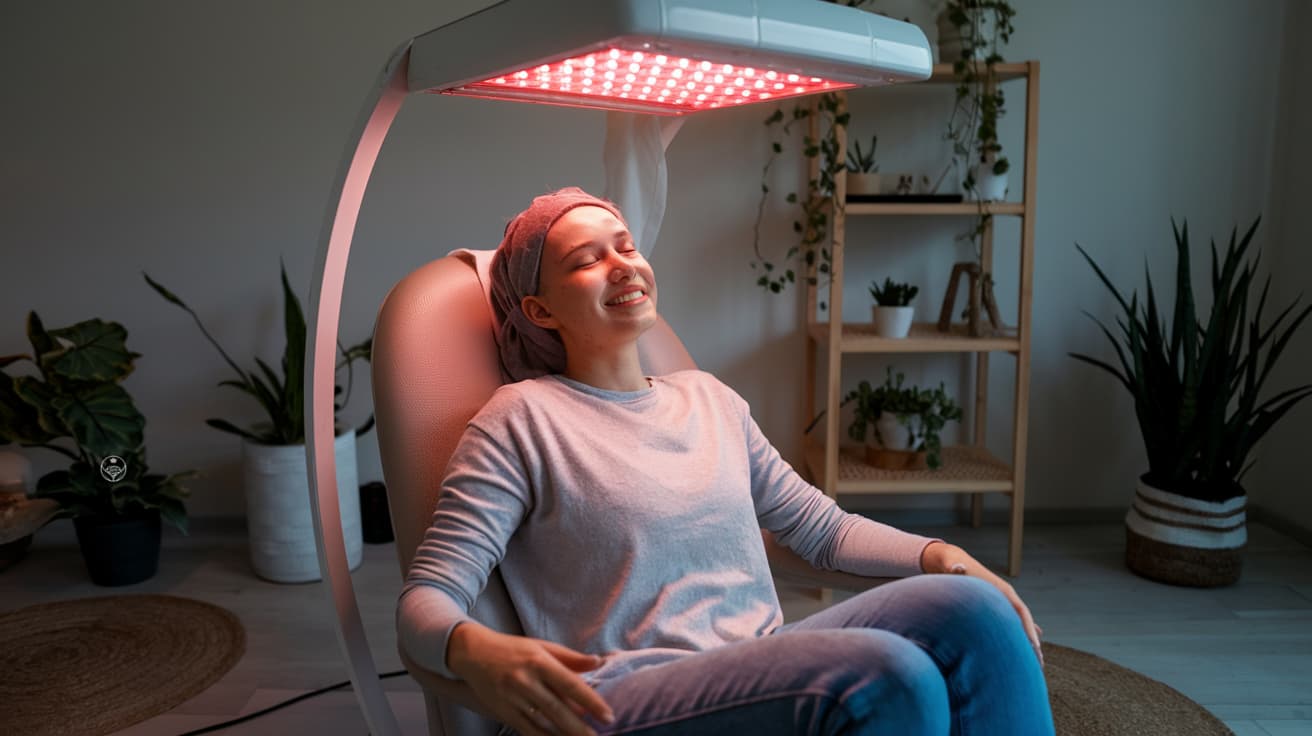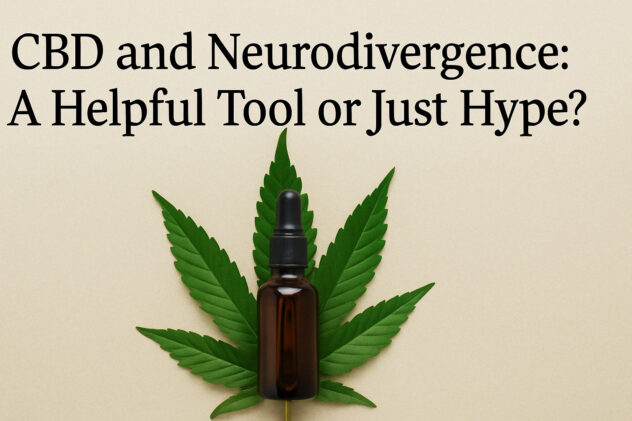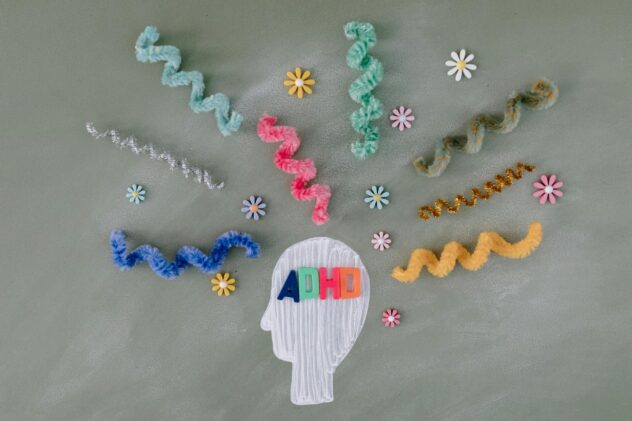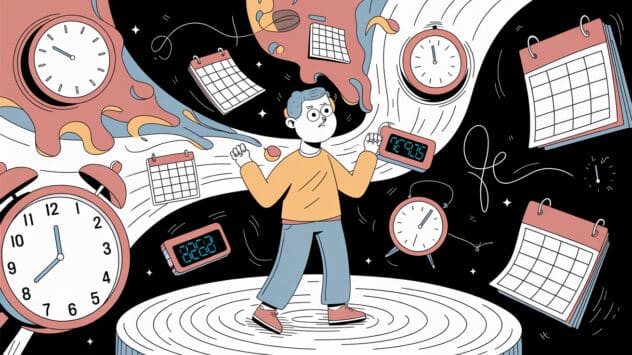Red Light Therapy for ADHD: Bright Idea or Just a Flash in the Pan?
Attention-Deficit/Hyperactivity Disorder (ADHD) impacts millions worldwide, presenting challenges like inattention, hyperactivity, and impulsivity. While traditional treatments such as medication and behavioural therapy can work wonders, they’re not for everyone. Enter red light therapy for ADHD. This is quickly becoming a rising star in the world of alternative approaches. But before you rush to bask under a glowing bulb, let’s explore if this is science or sci-fi. Spoiler: you won’t be standing under a traffic light (though that could make for an interesting photo op).
What Is Red Light Therapy, Anyway?
Red light therapy (RLT), also known as low-level light therapy (LLLT), involves exposing yourself to low wavelengths of red or near-infrared light. Originally celebrated for its skincare and pain relief benefits, it’s now being studied for its effects on neurological health. Think of it as your cells sipping on an espresso shot, without the jitters.
The Science of RLT: Fancy Words, Simple Idea
RLT stimulates mitochondria, those microscopic power plants in our cells, to produce more adenosine triphosphate (ATP)—essentially cellular energy. This means your cells work better, faster, and more efficiently. It’s like upgrading your body’s internal software to the latest version, except no one has to nag you about updates.
Unlock peak brain performance with science-backed biohacks. Join free now & get your guide for just £4.99 (45% off)!

For the brain, this process may mean:
- Reduced inflammation (so long, fiery brain battles!)
- Better blood flow (a mental spa day for your noggin)
- Support for neurogenesis (building new brain cells because who doesn’t need more of those?).
ADHD and RLT: Can a Little Red Light Go a Long Way?
ADHD often involves an underperforming prefrontal cortex—the part of the brain responsible for focus, planning, and impulse control. Studies suggest that red light therapy for ADHD could help in a few key ways:
- Better Blood Flow: Enhanced circulation delivers oxygen and nutrients to brain cells. Translation? A well-fed brain might just behave better.
- Inflammation Reduction: Chronic inflammation in the brain can exacerbate ADHD symptoms. RLT’s anti-inflammatory magic might be the fire extinguisher your brain needs.
- Neurotransmitter Support: Dopamine plays a huge role in attention and reward processing, and RLT may help regulate this vital brain chemical. It’s basically dopamine on demand.
- Improved Sleep: ADHD often brings sleep challenges, and better sleep equals a more focused mind. It’s science—and common sense.
But Does It Actually Work?
While the idea of red light therapy for ADHD sounds dazzling, research is still in its early stages. Small studies and anecdotal evidence show promise, but the science community is still deciding whether this is the real deal or just a shiny distraction. Think of it as that intriguing gadget on Amazon: tempting, but do you trust the reviews?
Interestingly, studies on other neurodevelopmental conditions, like autism spectrum disorder, have shown positive effects with RLT, giving us a glimmer of hope for its ADHD potential.
Considering Red Light Therapy? A Few Bright Ideas
If you’re thinking about adding a splash of red light to your ADHD toolkit, here’s what to keep in mind:
- Talk to a Pro: Always consult with a healthcare provider. Your neighbour with a DIY laser in their shed doesn’t count.
- Choose Wisely: Not all RLT devices are created equal. High-quality devices designed for therapeutic use are a must. Spoiler alert: your bedside lamp won’t cut it.
- Stick with It: Consistency is key. Treat it like the gym—results won’t show after one session, no matter how fancy your setup is.
- Use It as a Sidekick, Not the Hero: RLT works best as a complement to existing treatments, not a replacement. Medication, therapy, and lifestyle changes still hold the top spots in the ADHD playbook.
The Future of Red Light Therapy for ADHD
As holistic treatments continue to gain traction, red light therapy for ADHD could be a game-changer, especially if research proves its efficacy. Until then, it’s worth exploring as part of a well-rounded approach to managing ADHD.
In the meantime, stay curious and work with trusted professionals to find what’s best for you or your loved ones. Who knows? Maybe one day, “Have you tried turning it off and on again with red light therapy?” will be the new catchphrase.
Community Promo
Looking to connect with others navigating ADHD and neurodivergence? Join our community at Herbal Biohacker—a space for shared experiences, expert tips, and support. Let’s shine a light on ADHD together (red light optional)!







